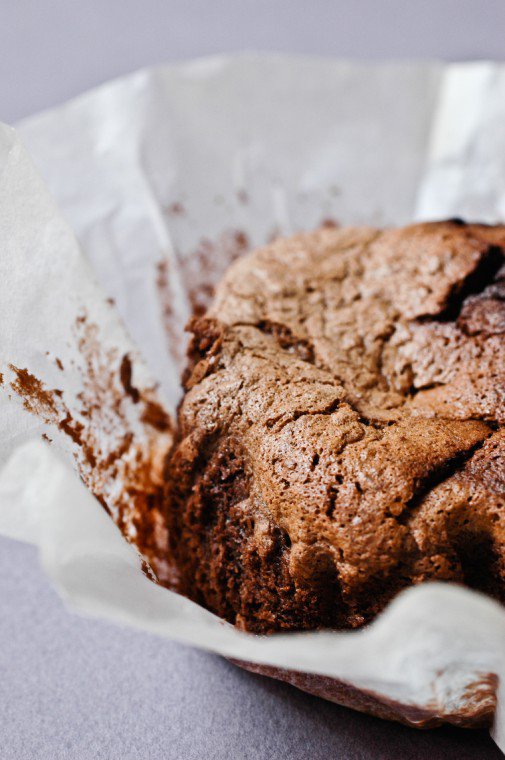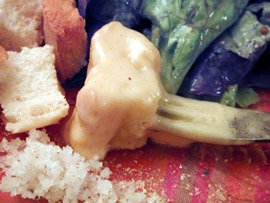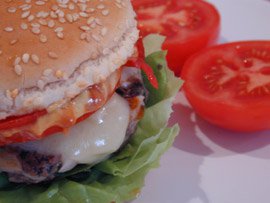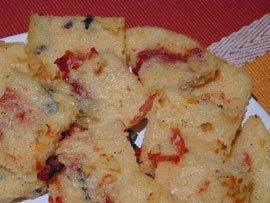Yesterday we had a small party at my office to celebrate my company’s fifth anniversary, and our pendaison de crémaillère, which is French for a housewarming party: une crémaillère is a trammel, the metal adjustable hook that was used to hang pots in the fireplace in the days of yore, and the hanging of this essential piece of equipment in a new house was as good an occasion as any to have a village gathering.
Our new offices are located in the south of the 13th arrondissement, close to the Parc Montsouris and the very nice Butte-aux-Cailles area. The street name happens to be Rue Brillat-Savarin, in reference to Jean-Anthelme Brillat-Savarin*, who’s considered the first food writer/critic in history. Cool, huh?
I had offered to bake a cake for the occasion, and used a trusted recipe for fudgy chocolate cake — gâteau au chocolat fondant in French. It is a very easy recipe that does not require a food processor, and like all dark chocolate cakes, it is best made the day before, or at least in the morning if served for dinner.
Edit: Over the years, my way of making this cake has evolved, and I’ve updated the recipe below to reflect that. I now use 180 g of sugar (instead of the original 250 g) and 4 eggs (instead of the original 5). I bake the cake at 180°C (instead of the original 190°C) for slightly longer (25 instead of 20 minutes), and I sprinkle the surface with fleur de sel, which enhances the chocolate flavor and provides tiny jolts of saltiness here and there.
The cake was suitably wolfed down by my appreciative coworkers. It has a nice thin crust, while the inside is 100% melty gooey chocolate goodness. Needless to say, it is pretty rich, so it is best served with something refreshing — ideally, Marie-Laure and Ludo’s fruit salad, but your own fruit salad, fresh strawberries, ice cream and/or whipped cream will be great too.
* Brillat-Savarin published a treatise on the art of dining called “La Physiologie du goût” (“Physiology of taste”) and he’s the one who said “Dis-moi ce que tu manges, je te dirai ce que tu es”, translated as “Tell me what you eat, I will tell you who you are” or “You are what you eat”.







